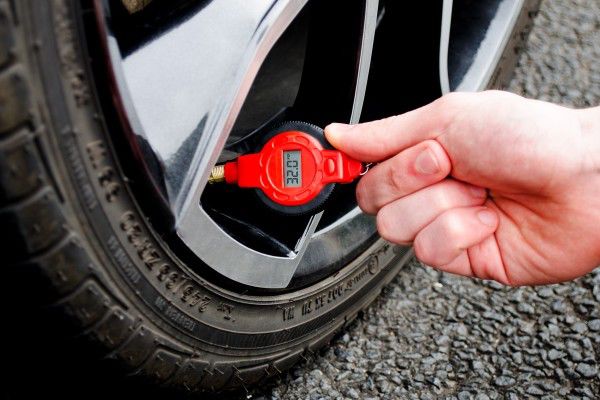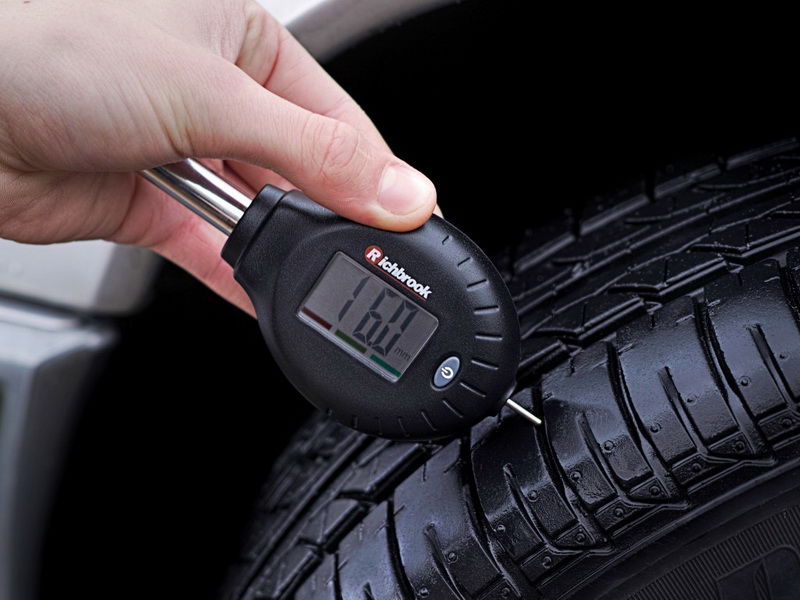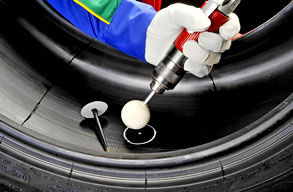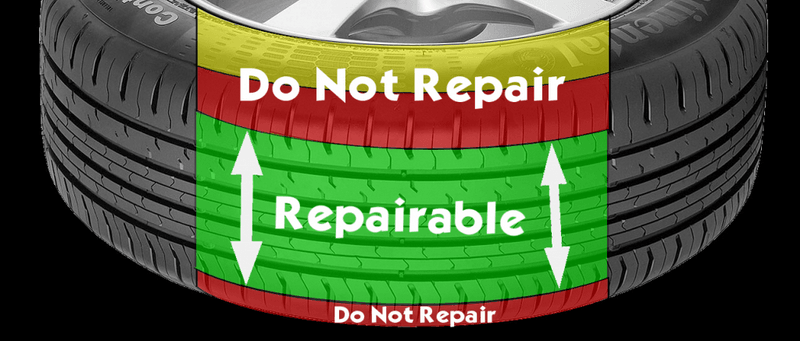Tyre Care Guide - Helpful Tips
Air PressureCorrect tyre pressure is the single most important aspect to the life of a tyre. It is best to follow the vehicle manufacturer's recommended pressure settings on the tyre placard. The placard can be found on the inside of the driver's door, the fuel flap or the glove box. Check your pressures monthly and when your tyres are cold. Ensure that the valve cap is secured tightly. Nitrogen InflationFilling your tyres with nitrogen will reduce air loss, boost fuel economy, reduce rolling resistance, and improve safety. In addition to these safety and performance benefits we top-up your nitrogen for you. This saves you the task of topping up your tyre pressure yourself. Premium vs Budget TyresWe’re often asked “what’s the difference between premium and budget tyres?” There are three main differences between premium and budget tyres; improved wet weather grip, improved lateral performance, and greater safety characteristics. Research and Development Premium tyres will use the latest technology and research, not only in materials but also in test methods, industrial procedures and research and development (R&D). Premium tyres are developed to give the best performance in safety, grip, rolling resistance and endurance that's available on the market at any time. Premium manufacturers, like Michelin, use computer modelling, fluid dynamics and simulation tools that budget manufacturer don't use. As a guide, many experts suggest that the technology behind a budget tyre can be as much as 10 – 15 years old. Continental Tyres have an award winning tyre testing machine that measures the braking ability of the tyre. This is the phenomenal level Continental go to to ensure the tyres they produce are safe. This is why they are the industry leaders in tyre safety. Check out the You Tube link: https://www.youtube.com/watch?v=qYcTrzmePnUhttps://www.youtube.com/watch?v=IYmpkj3_AY0 Performance Budget manufacturers tend to make products to a price point, whereas premium manufacturers strive to make the best tyres they can, using their best technology, developed and tested throughout the markets where the tyre is going to be used. Many people may think they are saving money by buying budget tyres, and maybe they are in the short-term but in some cases any savings made by purchasing a budget tyre can be lost with lower fuel economy over the life of the tyre, or the loss of mileage, and that's before you consider safety. Safety Premium tyres are expected to offer enhanced safety on the road. Premium tyre manufacturers work extensively with vehicle manufacturers, to give their cars the best possible performance by optimising the relationship between the tyre and the car to give the driver the best safety, grip, comfort, low-noise, longevity and rolling resistance. When it comes to tyre performance in the wet, each labelling grade in wet braking is equivalent to one car length in braking at 50mph. So a saving of $X per tyre could easily result in far longer braking distances in the wet. When you need that grip, you would happily pay that extra money as you’re slipping along the road. |  |
Replacing TyresAll tyres have a tread wear indicator stamped within the tread base of the tyre. These are marked most commonly with “TWI” on the shoulder of the tyre (where the tread meets the side-wall). Follow this marking onto the face of the tread and you will see small, raised sections. These are 1.6mm high and when your tread reaches this point, the tyre is no longer roadworthy and needs replacing. It is worth noting that once tread goes below 3mm, wet weather performance starts to diminish significantly. Major tyre manufacturers recommend replacement at 3mm. When Replacing only Two Tyres Michelin, Continental and all leading tyre manufacturers recommend replacing all four tyres at the same time, however if replacing only two new tyres, be sure that the new tyres are the same size & tyre type as the current tyres and that the dealer always installs the new tyres on the rear axle of the vehicle. Why Put the 2 New Tyres on the Rear Axle?
Check out this video below: https://www.youtube.com/watch?v=HdSf0KJie_E
|  |
Repairing TyresMost punctures up to 6mm in diameter can be repaired safely if done internally with a “patch and plug” combination. This process inspects the tyre internally for damage which cannot be seen from the outside and seals the hole to the tyre carcass to ensure safe driving. Tyres cannot be repaired if the tyre is no longer roadworthy. The main reasons of why a tyre cannot be repaired are: the hole is larger than 6mm, the damage is on the shoulder or side-wall or the tyre is worn below 1.6mm. |
|

